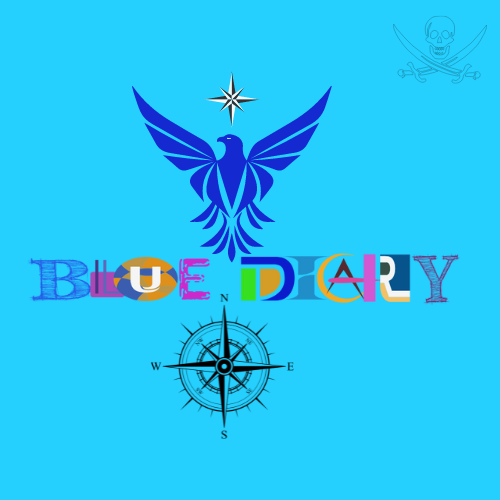Creating a successful career in freelancing as a designer requires a combination of skills, strategies, and mindset. Here's a step-by-step guide to help you get started:
Develop Your Skills:-
Continuously hone your design skills by
learning new techniques, software tools, and staying updated with industry
trends. Consider taking online courses, attending workshops, and practicing
regularly to improve your abilities.
Build a Strong Portfolio:-
Create
a portfolio showcasing your best work across different design disciplines such
as branding, web design, illustration, print design, etc. Your portfolio should
demonstrate your skills, creativity, and style to potential clients.
Identify Your Niche:-
Determine
your area of specialization or niche within the design industry based on your
interests, strengths, and market demand. Focusing on a specific niche can help
you stand out and attract clients looking for specialized expertise.
Set Your Rates:-
Research
industry standards and determine your freelance rates based on factors such as
your skill level, experience, overhead costs, and the value you provide to
clients. Consider starting with competitive rates and adjust them as you gain
more experience and recognition.
Create a Professional Brand:-
Develop
a strong personal brand that reflects your unique style, values, and expertise
as a designer. This includes designing a professional logo, website, business cards,
and other marketing materials to establish credibility and attract clients.
Market Yourself:-
Utilize
various marketing channels to promote your freelance services and attract
clients. This may include building an online presence through your website and
social media profiles, networking with other professionals in your industry,
attending industry events, and leveraging online freelance platforms.
Find Freelance Opportunities:-
Explore
different avenues to find freelance design projects, including freelance job
boards, online marketplaces, networking events, referrals from existing
clients, and cold pitching to potential clients. Be proactive in seeking out
opportunities and building relationships with clients and collaborators.
Provide Exceptional Service:-
Deliver
high-quality work and exceptional customer service to your clients to build trust,
credibility, and long-term relationships. Communicate effectively, meet
deadlines, and be open to feedback to ensure client satisfaction and positive
referrals.
Manage
Your Finances:-
Set
up a system for managing your finances, including invoicing clients, tracking
expenses, and saving for taxes. Consider using accounting software or hiring a
professional accountant to help you stay organized and compliant with tax
regulations.
Continuously Learn and Evolve:-
Stay
curious, adaptable, and open to learning new skills and technologies as the
design industry evolves. Keep up with emerging trends, tools, and best
practices to remain competitive and relevant in the freelance marketplace.
By followingthese steps and staying committed to your craft, you can build a successful and fulfilling career as a freelance designer. It may take time and effort to establish yourself in the industry, but with persistence, passion, and dedication, you can achieve your goals and thrive as a freelance designer.






